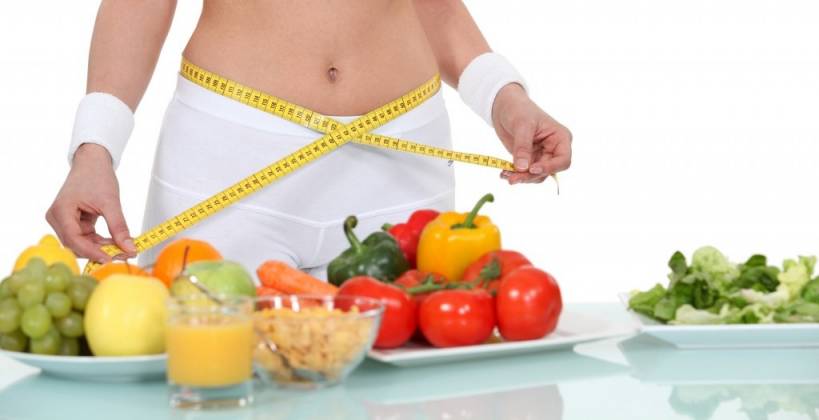A lot of alternatives of the Master Cleanse diet have been introduced throughout the years. Most detox diets result in the extra perk of rapid weight loss. The raw food diet is one such alternative to the lemonade diet that has received much attention over the past few years owing to the fact that it shows fast results and allows the dieter to eat solid food too. Be warned though. It’s not fun to eat nothing but raw vegetables and fruits for over 2 weeks.
Principles of the Raw Food Diet
Raw food diet works on the belief that uncooked foods are the most nutritious and healthy for the body. In spite of most food being consumed raw in this diet, it is permissible to heat up the food as long as it’s still below 104-118 degrees Fahrenheit in temperature.
Cooking is believed to naturally denature enzymes in food. Raw foodists say that these enzymes are the ‘life force’ in food that helps humans to digest it and absorb its nutrients. Over-consumption of cooked food makes it harder for our bodies to produce enzymes. As time passes, the lack of enzymes in food is believed to cause digestive issues, fast aging, nutrient deficiency, and even weight gain. Cooking food diminishes the nutritional value it holds.
One example is how cancer-fighting compounds, called sulforaphanes, in broccoli, are considerably destroyed after the broccoli gets cooked. Other vitamins like folate and vitamin C are also destroyed in heat. However, certain foods also become healthier after cooking since the fibrous portions are broken down. Such an example is the cooked tomato that has triple or quadruple times the lycopene content of a raw tomato.
Cooking promotes the production of harmful substances in food as well when the food is highly heated. This includes advanced production of glycation end products and even heterocyclic amines.
What is Eaten on the Raw Food Diet?
There’s a lot of difference in opinion about the best way to observe a raw food diet. Most followers of this diet are vegans. However, some dieters will consume raw animal products, like cheese of raw milk, raw milk, ceviche (raw fish), sashimi, and even carpaccio (raw meat). Some will only eat the raw food, while others will introduce limited amount of cooked foods for convenience and variety. However, even in the latter case, more than seventy per cent of the diet remains raw food.
Raw food cleanses are becoming more and more popular nowadays because of its ‘all-natural’ nature. It doesn’t involve any chemicals at all. It can be followed for up to 3 weeks with no risks unless you suffer from a serious health condition, like high pressure, cholesterol, or diabetes. After the duration of the diet, they may return to their normal diet and even then still consume a high percentage of raw foods.
How are Raw Foods Prepared for Eating?
Nuts, legumes, seeds, and raw beans contain enzyme inhibitors. These are typically destroyed in cooking. Instead, release the nutrients by sprouting or soaking them (germination). This involves rinsing your seeds, nuts, beans, or legumes and placing them in a glace container. Then, add to it purified water at room temperature. Cover and soak overnight at the same temperature. Prior to using them, rinse a few times. Mung beans, particularly, require a complete 24 hour turnover.
Post germination, plants can also be sprouted. Post draining at the last stage of germination, place them on your counter at room temperature for about half a day. The seeds will open up, and sprouts will emerge from them. Rinse the seeds or sprouted nuts, and then drain them well. You can store these in air-tight containers for up to five days in a refrigerator.
Dehydrating
Foods may be heated using a machine known as a dehydrator. It dries the food to produce somewhat of a ‘sun drying’ effect. It looks like a closed container that contains heating elements for low-temperature heating. A fan is fit inside the machine to blow warm air over the food. Crackers, breads, kale chips, and raisins can all be made with the dehydrator.
Blending
You can chop or blend the food using a blender or food processor to add to recipes for hummus, soup, pesto, and even smoothies. Another few common preparation techniques are juicing, pickling, and fermenting.





